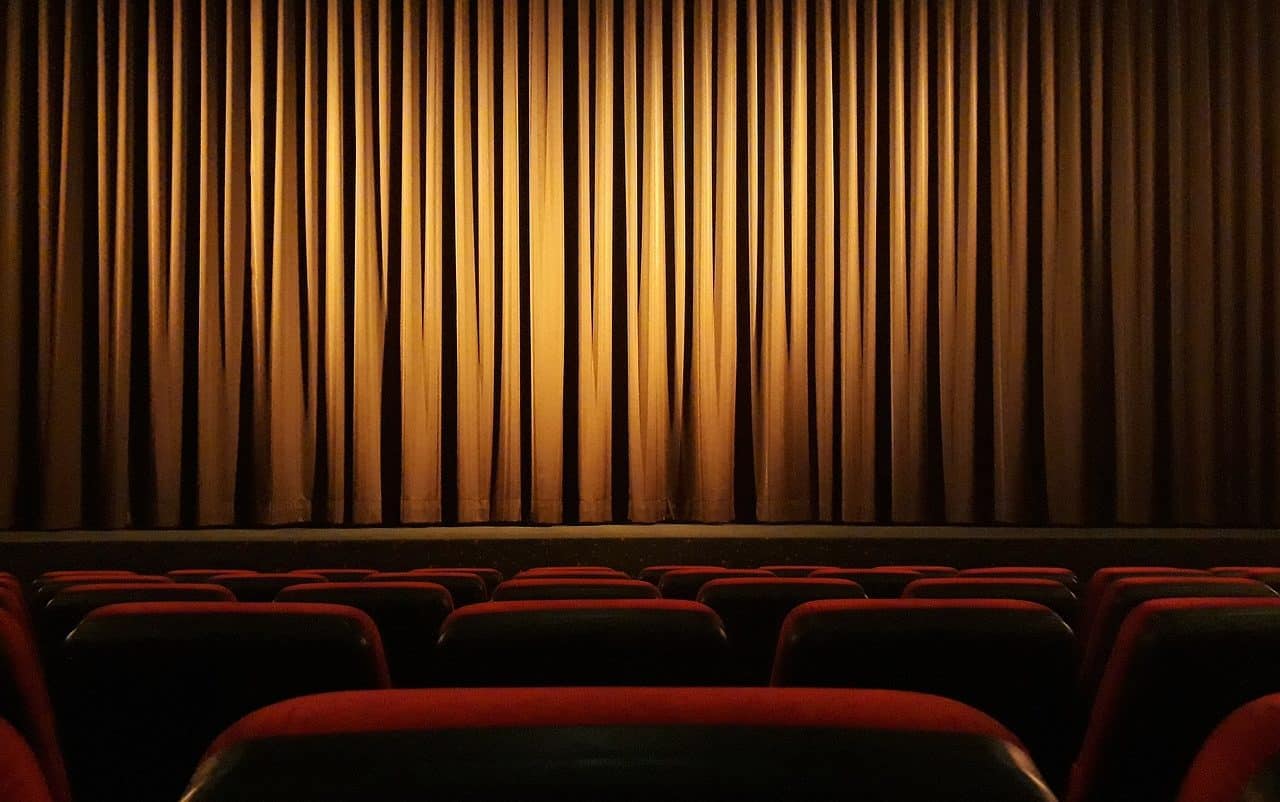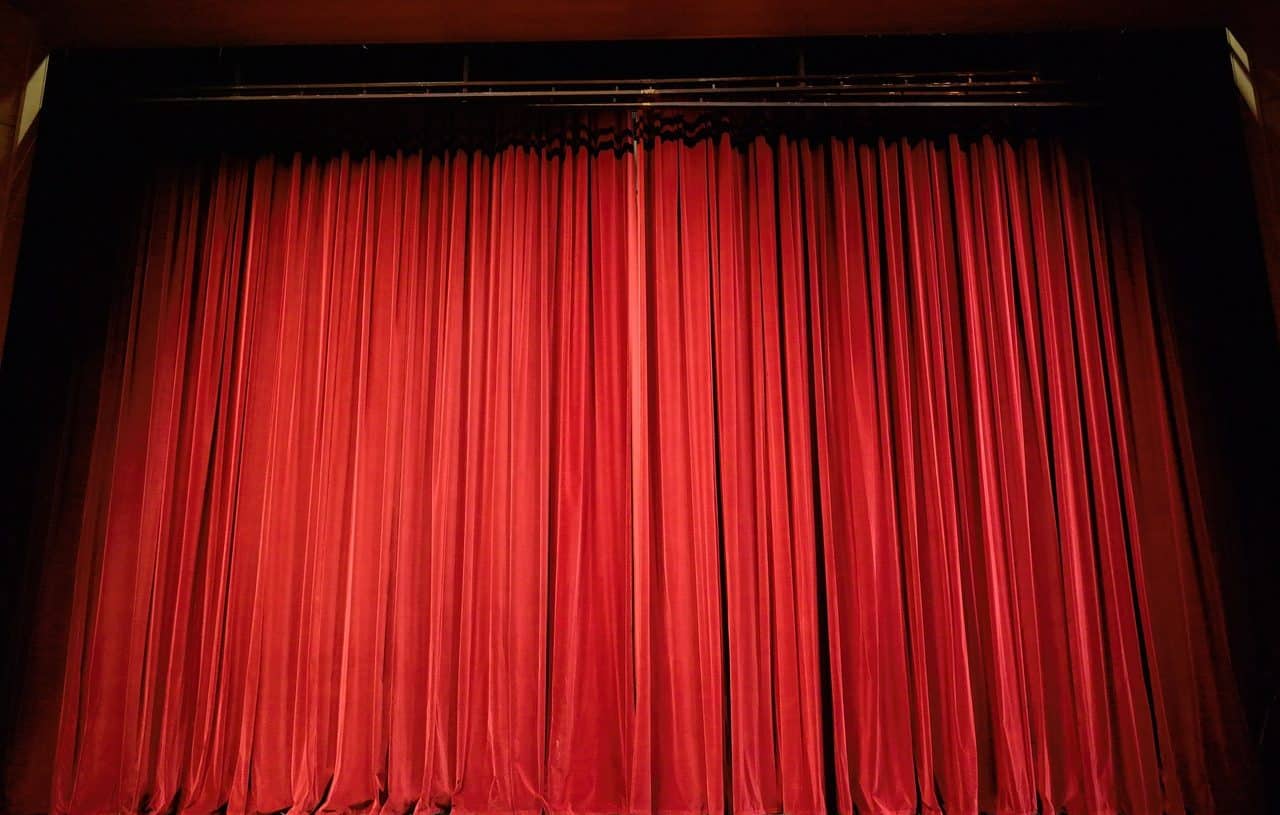
The proscenium is the area of the stage that is located closest to the spectators.
The proscenium is the sector of the stage that is closest to the spectators . The etymological origins of the term take us to the Latin proscenĭum .
However, this, in turn, derives from the Greek proskenion , which began meaning “entrance of a store” and later became “front space where the actors of a play acted.” We must also emphasize that this Greek word is made up of two clearly differentiated parts:
- The prefix pro- , which means “in front of” .
- The noun skené , which is equivalent to “barraca” or “tent” .
Proscenium Features
The dictionary of the Royal Spanish Academy (RAE) details that the proscenium is the space that is located between the edge of the stage and the first row of seats. The concept is also used to name the arch that is located above the stage and that frames the scene that the spectators must see.
In addition to all of the above, it is important that we are clear that the proscenium is divided into several clearly differentiated parts, such as the following:
- advanced proscenium .
- The tie , which is located between the area where the pointer is hidden, popularly known as the shell , and the luminous line where the spotlights and footlights in general are located.
- The glory , which is the imaginary area in which the actors stand at the end of the theatrical performance in order to thank the audience for their applause and cheers.
- The proscenium box , located next to the scene and the arch of the stage itself.
In this sense, it is understood that the stage itself (the tables where the actors stand to interpret their characters) is located behind the proscenium, which usually has a curtain that closes and opens according to the needs of the performance. .

Depending on the configuration of the room, the proscenium can have different characteristics.
Other room configurations
Although the existence of the proscenium is very common in current Western theater , there are other configurations of the rooms. The proscenium implies that the spectators are located right in front of the stage. When the theater is circular , the seats are arranged around the stage and, therefore, there is no proscenium.
Although there are theaters that do not choose to include a proscenium, those that do have it are because their owners consider that it brings with it a significant number of benefits, such as these:
- It allows scene changes to be carried out quickly and without difficulty, thanks to the availability of a stage and lateral spaces.
- There is a clear demarcation between the actors and the audience.
- The performers who go on stage will have the advantage that they will be able to address the audience at the same time.
When performing on stage, the performer comes almost face to face with the audience. There may be exchanges of glances and the various nuances in the actors' voices may be noted. If the curtain is closed, the proscenium (understood as the front part of the stage) is hidden and the audience can no longer see what is happening on the stage.
